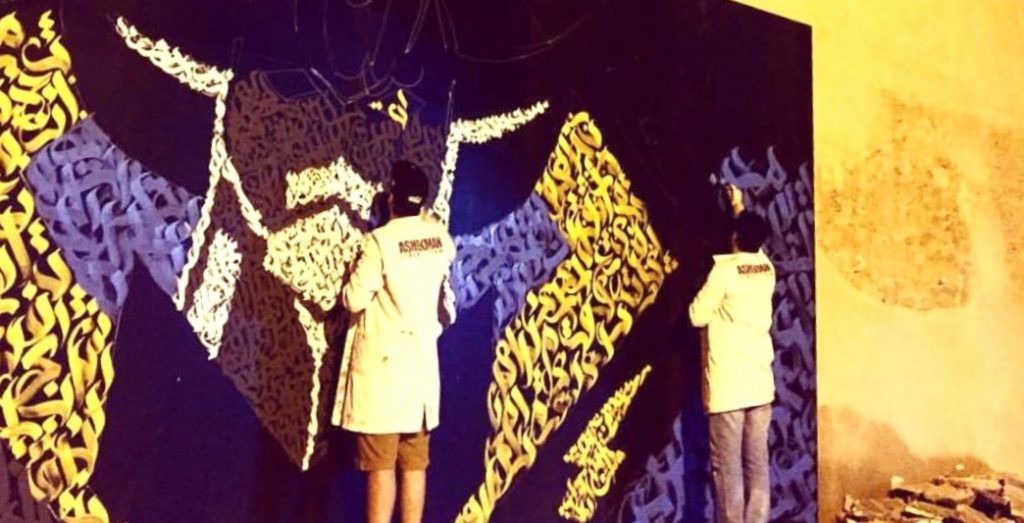







Carla Chahrour, Dubai
A social media campaign has been launched by Lebanese activists in solidarity with protesters who have lost their sight, while simultaneously shedding light on Lebanese security forces’ disproportionate use of violence to crack down on demonstrations.
Dozens of Lebanese people have suffered permanent injury, including blindness, as a result of projectiles fired into crowds of protesters since the start of the mass demonstrations against the country’s political elite in 2019.
According to the Red Cross and Lebanese authorities, at least 540 people were injured in clashes between police and protestors in central Beirut in January alone, with many of the people wounded suffering severe injuries from rubber bullets and excessive exposure to tear gas.
Activists have posted pictures of themselves online covering one eye, with images shared under the Arabic hashtag “Our revolution is your eyes”.
Lebanese twin brothers and street artists Omar and Mohammad Kabbani, better known as “Ashekman” posted a digital art poster on Instagram and Twitter, depicting Grendizer, the iconic 1976 anime character from the TV series and manga “UFO Robot Grendizer,” accompanied by the hashtag.
https://twitter.com/ASHEKMAN/status/1220308554646605824?s=20
In the poster, the artists placed an Arabic diacritic, called the shaddah, above the character’s right eye. The shaddah, which translates as “intensity or sign of emphasis,” is grammatically used to mark a long consonant.
“We used a shaddah, which is usually used to accentuate a consonant or vowel when you pronounce a letter. This is one of our signatures, and it is used to emphasize a certain position or idea,” Omar told Arab News Japan.
“Grendizer is an ideal representative of Lebanese activists, because, as a nostalgically remembered superhero, it has become a part of our collective memories that this robot will save the world from evil, and with the news about protestors that have lost their vision or eyes from rubber bullets and tear gas fired by riot police, we decided to use the Japanese superhero to show solidarity with them, and to reach out to Lebanese people from different communities in need of a positive unifying symbol,” he added.
Grendizer is one of the most popular anime characters in the Middle East. A YouGov survey conducted by Arab News of the region’s enthusiasm for the genre showed 56 percent of respondents across all age groups ranked“UFO Robot Grendizer” as their favorite.
“Ashekman” started in 2001, with work characterized by the Grendizer motif, used repetitively throughout their pieces in different contexts. They draw inspiration from the 15-year Lebanese Civil War, where the brothers witnessed the havoc that wrecked their country. Grendizer acted as a symbolic portrayal of their childhood, seeking refuge in a Japanese superhero to bring about peace during times of turmoil.
Ashekman exhibit creativity through conspicuously combining Arabic calligraphy and modern graffiti, a style they refer to as “calligraffiti,” tackling political and social issues.
“It’s all about symbolism, and I know it will create a change. If our work is creating one percent of change through making someone smile, think more or even act towards something positive, then we’ve done our job,” Omar said.
The Arab world’s fascination with the genre is contextualized through Ashekman’s use of Grendizer to symbolically express their hope for a saving figure during dark times, as well as their solidarity, as socio-political artists, with the people of the revolution.